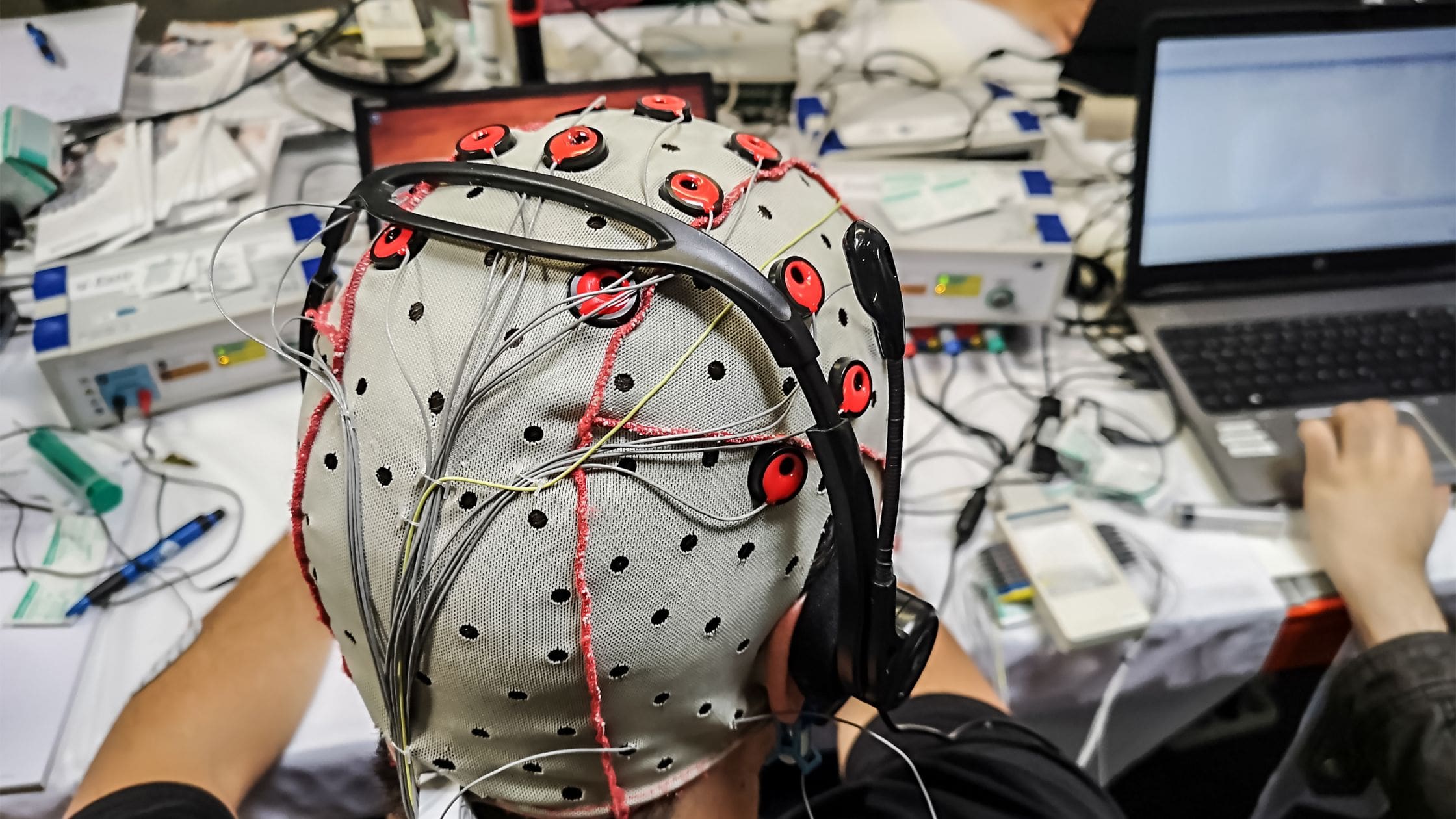Chris Hadfield knew he wanted to become an astronaut when he was nine. After witnessing history being made in 1969 when Neil Armstrong became the first person to walk on the moon, he decided that every action he took would work toward becoming an astronaut.
At age 15, he learned to fly a plane and when he was 24, he joined the Royal Canadian Air Force, where he graduated at the top of his class and flew more than 70 types of aircraft.
After his stints as a fighter pilot and test pilot for the Canadian Armed Forces, Hadfield became one of the most prolific astronauts in Canada after being accepted into the Canadian Space Agency. Some of his accomplishments include becoming the first Canadian to perform an extravehicular activity in outer space, flying three Space Shuttle missions, performing two spacewalks, and serving as commander of the International Space Station.
Throughout his time in space, Hadfield learned critical lessons he knew he could apply to his life on earth. These lessons became the foundation for his best-selling book, “An Astronaut’s Guide to Life on Earth.”
Below are some lessons Hadfield learned while he spent 166 days in orbit.
The Power of Negative Thinking
For Hadfield, part of being an astronaut is being prepared for unpredictable and often devastating circumstances. In training, astronauts rehearse adverse, uncertain, and dangerous scenarios that may arise so that they can confront failures and learn how to respond differently.
He advocates that negative thinking can be productive. While many would think this to be odd or counterintuitive, Hadfield suggests that the power of negative thinking can help people anticipate problems and find solutions to them instead of worrying. When someone can visualize defeat and know how to prevent it, they will be prepared to face adversity and tackle problems.
Sweat the Small Stuff
Hadfield believes that to be a great leader, one must consider how unimportant details could threaten situations or emerge in an emergency. Therefore, it’s essential to learn from these details, no matter how small they are, and make any corrections necessary to avoid making the same mistakes twice. Sometimes this means owning up to an error. Other times this means being acutely aware of every detail and decision made in situations. By doing this, one can prevent others from making the same error.
Aim to Be a Zero
In this chapter, Hadfield outlines three ways an astronaut can be viewed by their colleagues and superiors. The first way is to be considered a minus one, where a person is unprepared or prepared but pompous about it. The second way is to be viewed as a zero, where a person is competent enough not to be an obstacle to others and have a neutral impact. The last way is to be viewed as a plus where a person constantly adds value or is an asset to a team.
Hadfield proposes that to be a good colleague or team member, one must act competent enough to carry through with their job without acting like they’re better than anyone else. A good leader means supporting and providing appropriate advice rather than imposing skills on others. This also translates to holding humility and knowing when to take up space and when it’s important for others to lead or help out.
Have an Attitude
The meaning of attitude for astronauts can be easily compared to the general meaning of attitude for people. In space flight, an attitude refers to the vehicle orientation, such as if it’s pointing to the sun, earth, or other space vehicles. If an astronaut loses control of their attitude, it can make them stray out of course or even cause deathly situations. Hadfield claims that maintaining attitude — literally and metaphorically — is vital for success. Many things in life are out of our control, but one thing anyone can control is their attitude and how they respond to difficult situations.




